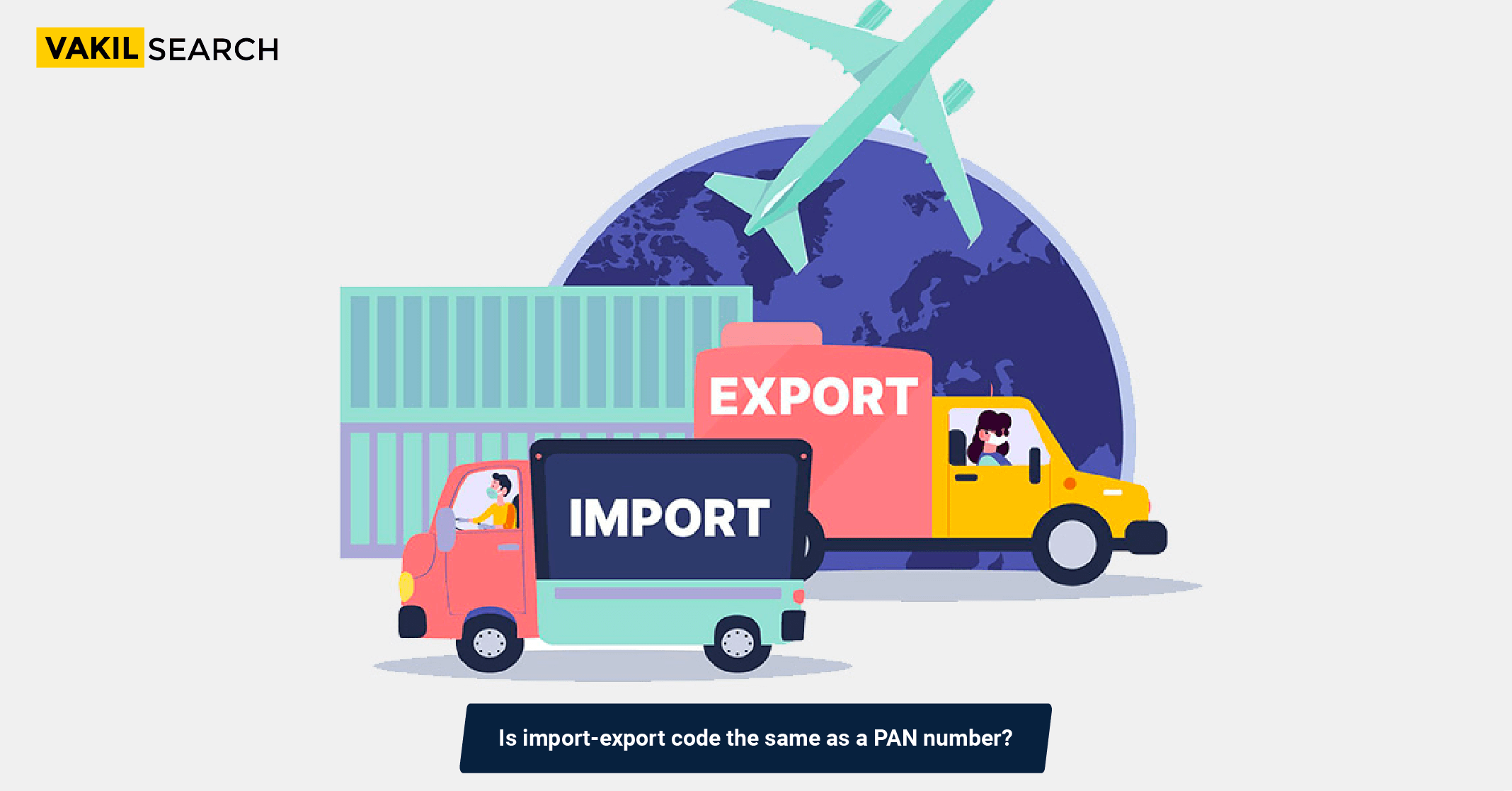Demystify IEC and PAN differences, purposes, and roles. Clear the confusion for smooth business operations and tax compliance.
In the realm of business and commerce, various identification numbers play pivotal roles. Import Export Code (IEC) and Permanent Account Number (PAN) are two such essential identifiers. However, a common misconception prevails – that IEC and PAN are interchangeable or identical. In this comprehensive guide, we will demystify this confusion by exploring the differences between IEC and PAN, their distinct purposes, and their roles in business transactions and tax compliance.
Introduction
Understanding the difference between Import Export Code (IEC) and Permanent Account Number (PAN) is crucial for anyone involved in international trade or business activities. These codes serve distinct purposes, and confusing them could lead to compliance issues and operational challenges. Let’s delve into the specifics to clear up any confusion.
What is the Import Export Code (IEC)?
Import Export Code (IEC) is a 10-digit alphanumeric code issued by the Directorate General of Foreign Trade (DGFT) under the Ministry of Commerce, Government of India. Its primary purpose is to identify entities involved in import and export activities, facilitating international trade.
Key Functions – Import export code
Identification of Exporters and Importers: IEC helps customs authorities identify individuals or businesses involved in international trade transactions.
Customs Clearance: It is mandatory for customs clearance for importing or exporting goods and services.
Bank Transactions: IEC is essential for receiving money from abroad or sending money abroad for business transactions.
What is a Permanent Account Number (PAN)?
Permanent Account Number (PAN) is a unique 10-character alphanumeric identifier issued by the Income Tax Department of India. Its primary purpose is to track financial transactions and ensure tax compliance.
Key Functions
Tax Identification: PAN is crucial for tracking financial transactions and ensuring tax compliance by individuals and entities.
Bank Transactions: PAN is necessary for opening a bank account, receiving salary, or making high-value transactions.
Investments and Property Transactions: PAN is required for investments in securities, mutual funds, property transactions, and more.
Key Differences Between IEC and PAN
Let’s elucidate the fundamental differences between IEC and PAN.
Purpose and Usage
IEC: Primarily used for facilitating international trade by identifying importers and exporters. It is crucial for customs clearance and bank transactions related to foreign trade.
PAN: Primarily used for tracking financial transactions and ensuring tax compliance. It is essential for income tax purposes, opening bank accounts, and various financial transactions within India.
Issuing Authority
IEC: Issued by the Directorate General of Foreign Trade (DGFT) under the Ministry of Commerce, Government of India.
PAN: Issued by the Income Tax Department of India.
Alphanumeric Structure
IEC: Consists of 10 characters, combining both letters and numbers (e.g., AAAPL1234C).
PAN: Consists of 10 characters, combining both letters and numbers (e.g., ABCDE1234F).
Applicability
IEC: Mandatory for businesses or individuals engaged in international trade activities, i.e., import or export of goods and services.
PAN: Mandatory for all individuals and entities that are required to pay taxes, including businesses, partnerships, LLPs, individuals, trusts, and more.
How Are IEC and PAN Related in Business Transactions?
While IEC and PAN serve distinct purposes, they are related and often intersect in business transactions, especially for entities engaged in international trade.
Business Bank Account
When a business engaged in international trade opens a bank account, it needs both IEC and PAN. IEC is required for foreign transactions, while PAN is necessary for domestic transactions.
Tax Compliance
Businesses need PAN for income tax compliance within India. If a business is involved in international trade, it’s likely to possess both IEC and PAN to ensure compliance with both international trade regulations and Indian tax laws.
Record Keeping
Maintaining proper records of both IEC and PAN is essential for businesses. It ensures seamless financial transactions, tax compliance, and efficient record-keeping.
Conclusion
Understanding the differences between IEC and PAN is essential for individuals and businesses engaged in international trade and other financial activities. It enables compliance with the relevant regulations, facilitates smooth transactions, and ensures adherence to tax laws. Both IEC and PAN have their unique roles, and businesses need to recognize and utilize them appropriately to operate efficiently and lawfully in the business landscape.
Vakilsearch plays a pivotal role in assisting businesses in understanding and navigating these distinctions. Our guidance empowers businesses to ensure proper compliance, leverage the benefits of IEC and PAN, and operate smoothly in both international and domestic trade, contributing to their efficiency and growth.



